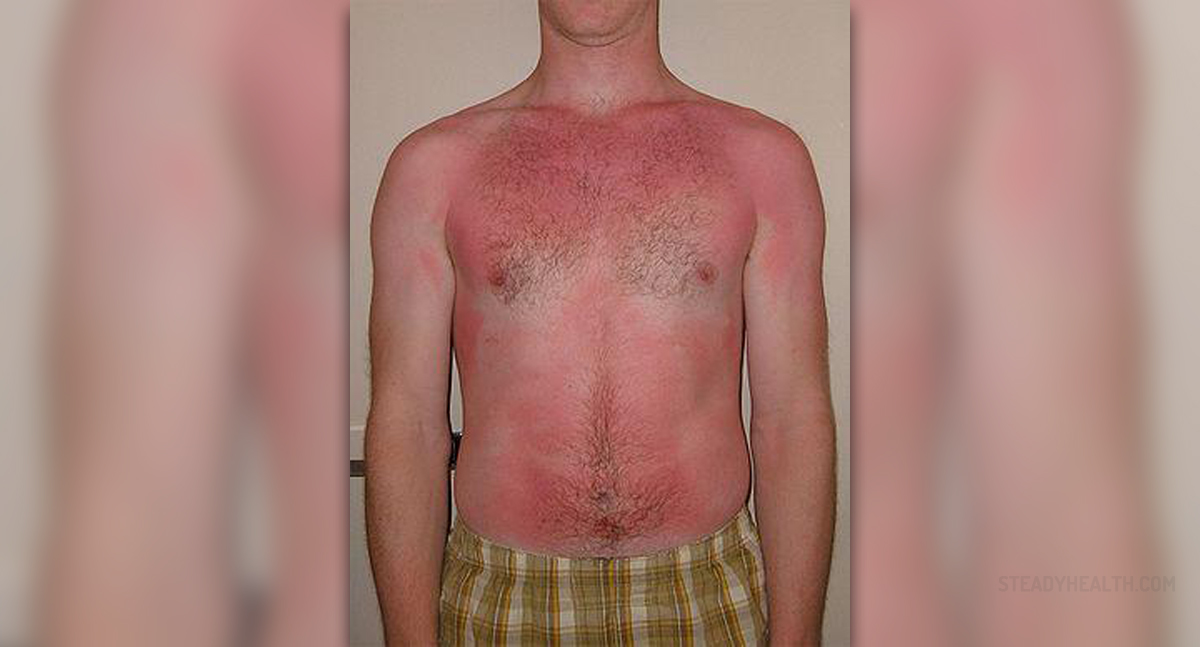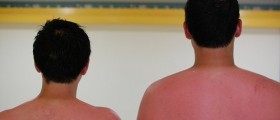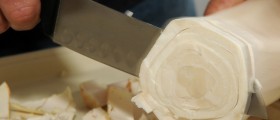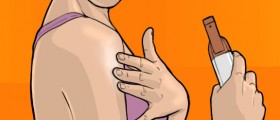
Sunburn represents a consequence of excessive exposure to sun rays. There is no person who has not experienced sunburn at least once in his/her lifetime. But it is essential to mention that any damage to the skin (particularly sunburns) may cause side effects even many years after the primary exposure. Sunburns are not only a current problem. They also represent a risk factor for skin cancer particularly in people who are professionally exposed to the sun and those who frequently visit salons with tanning beds.
Clinical Characteristics of Sunburns
In mild and uncomplicated cases the skin is not so red and irritated. But severe cases are accompanied by more intensive skin irritation and in some cases excessive exposure to the sun may result in shock.
Skin irritation caused by the sun is not evident during the exposure. The actual effects of sun rays become visible several hours (2-6) after the exposure. Their intensity peaks within 12-24 hours. The affected skin is red and tender to touch. In severe sunburns the skin can also be covered with blisters.
Excessive exposure to the sun may also cause dehydration, electrolyte imbalance and symptoms/signs such as fever with chills, nausea and vomiting, flu-like symptoms or blistering or skin loss (which generally occurs a week after the exposure).Sunburn Treatment
Mild cases of sunburns do not require any medical treatment. In case a person feels that he/she might get sunburned it is essential to immediately stop the exposure. Furthermore, if there is no shelter from the sun the exposed parts of the body must be covered. Pain caused by skin irritation can be controlled with over-the-counter pain relieving medications such as ibuprofen or Aspirin. Mild cases of sunburns can be treated with cool compresses. Cool (but never ice cold) baths are equally beneficial. It is important to avoid bath salts, oils and perfumes which may cause additional irritation of the already damaged skin. Never rub the skin after having a bath, just press the towel gently against the skin. Scrubbing the skin and shaving are also not recommended until the skin heals. And finally, apply a light, fragrance-free skin moisturizer.
Medical treatment for sunburns may include silver sulfadiazine but this cream can only be administered under doctor's supervision. Doctor will also recommend the intake of plenty of fluids, Aspirin or some NSAIDs.
The best thing is to prevent sunburns by controlled exposure and proper protective measures. It is essential to avoid sun exposure during hours of peak sun ray intensity. An individual should apply a proper amount of sunscreen with suitable protection factor. The cream should be applied 30 minutes prior to exposure and it should be re-applied two hours later. Adequate protection against the sun is also achieved with sun hats and proper clothing, sunglasses with UV protection and a lip balm containing sunscreen.

















Your thoughts on this
Loading...